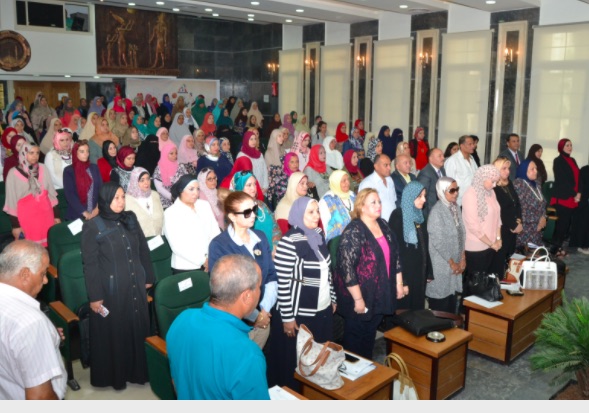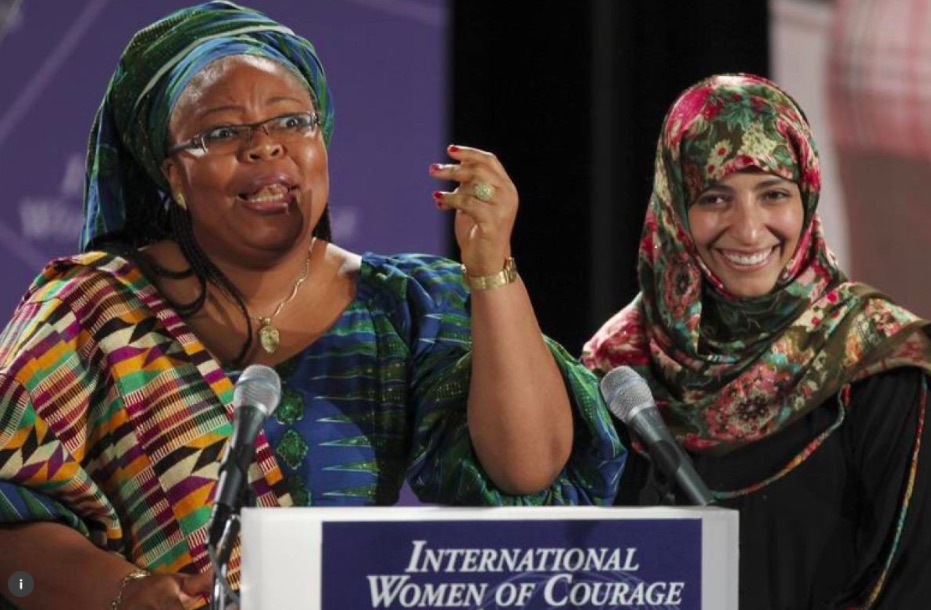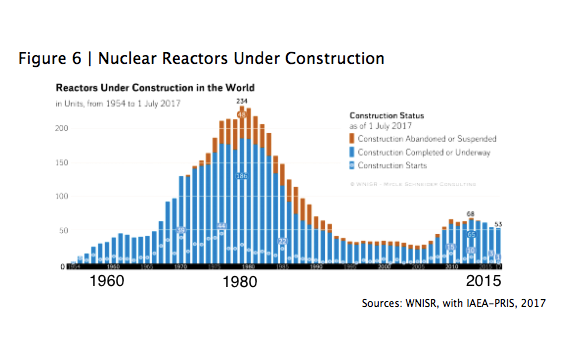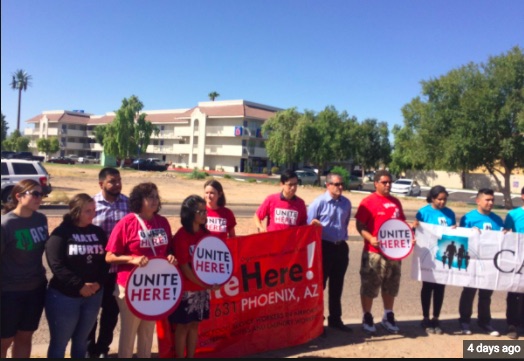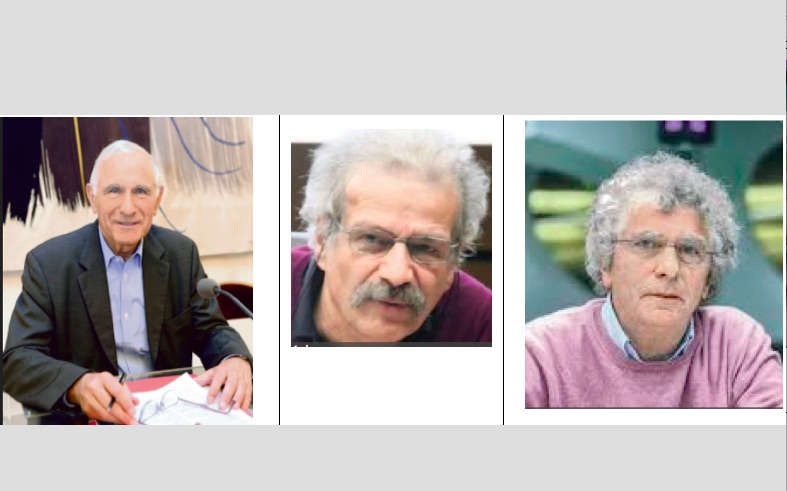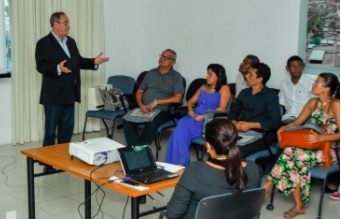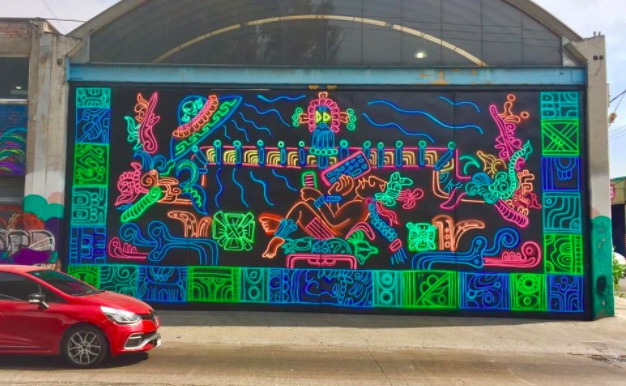FREE FLOW OF INFORMATION
An interview by Erik Flores for NTR Zacatecas
Although she could be considered a wandering soul, because she has changed cities more times than her years, Cristina Ávila-Zesatti still retains her two great dreams of 20 years ago: that of exercising a journalism that awakens consciousness and being grateful to the people who have helped her on her way.
In an interview with NTR Media, the writer commented that she provides an emotional break from conventional journalism that you read every day, because she has dedicated herself to peace journalism. For this she does not restrict herself to “good news”, but she approaches reality with another perspective and another ethical motivation. Instead of emphasizing conflicts, she highlights solutions.
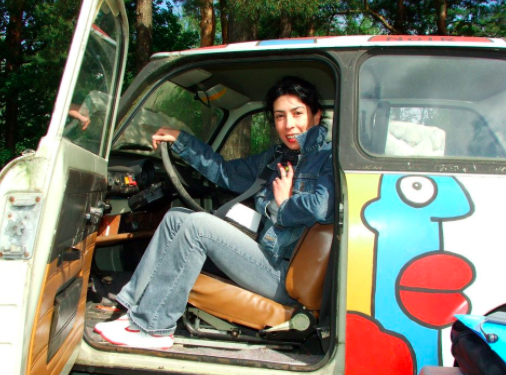
“I consider that conflicts, from open warfare to economic, political and ecological conflicts of all kinds, can be seen from the perspective of offering a solution. Even if only a description of the problem is made, this type of journalism achieves a completely different social change than one gets from conventional journalism,” she said.
On November 4, the Women’s Peacepower Foundation will award Cristina Ávila Zesatti the Woman Peace Award 2017 at its headquarters in Tampa, Florida, USA, for the work she has done for peace, especifically her peace journalism .
She has worked for “the great monsters” of the media and realized the difference between counting not only the problems but also peaceful, non-violent outlooks; “I found there is a whole social universe ignored by traditional journalism, even scorned, badly treated and a bad way to tackle content, and in this universe I discovered the peace that you can find in the world.”
For this reason, Ávila-Zesatti wrote her first book: “Mexico in the labyrinth of contradiction.” It shows how to bring peace to a country that is not officially at war by explaining the phenomenon of violence from the perspective of peace studies.
Now in Zacatecas she is writing “Peace that does exist (and that journalism ignores)”, in which 20 international stories of peace are told; for three years the book was rejected by eight publishers, and now in its second edition, Texere distributes it throughout Mexico.
Culture of violence
Cristina Avila-Zesatti explains that “what we are seeing now is a very deep corruption since 2006, with the war against narco, when a very irresponsible civil war was declared, and now what scares us is physical violence, death. ”
However, she stressed that Mexico has for many years been immersed in a violent culture, “and now it is turning against us, that is why I am saddened so much the way that the media covers this phenomenon. It hurts us all. As a guild it does not help to heal, it does not help the country to heal, it does not help the country to understand itself in another way “.
She poses the question, if the narco traffic were to be terminated, by legalization or some other way, “would people stop killing?, would there be no more deaths from the drug? I do not think so because the wound in Mexico is much deeper. It is time that we start to face it in another way, because to divide the country into hitmen, policemen, military and ordinary people will not lead us to heal. We are killing each other, this is really a civil war, I do not think compartmentalizing violence is the solution. ”
“It is not that homicides are more important than femicides, but our great capacity as a people for cruelty is worrying. We are a cruel people. And you can see in simple comments about Enrique Peña Nieto, when people regret that the plane did not crash in which he was traveling.”
Ávila-Zesatti explains that “this speaks of the underlying, cultural, learned violence that we have normalized. You can see when there is a news about a riot in jail. The comments are: ‘the more they suffer, the better’. Even though journalism does not cause this, journalism creates a vicious cycle that puts us into a downward spiral from which it will be hard to escape. ”
(Interview continued in right column)
(Click here for the original program in Spanish)
Question for this article
Journalism in Latin America: Is it turning towards a culture of peace?
(Interview continued from left column)
That is why she has dedicated herself to peace journalism, “which is not “ipso facto” journalism, a journalism of reaction. It is not catchy headlines; I believe that journalists have in their hands an enormous responsibility to make ordinary people understand the world around them. ”
However, adds Cristina Ávila-Zesatti, “if journalists do not even understand what is happening around us, if we do not scratch deep, if we do not investigate, if we do not put together the pieces that allow us to have moral responsibility, to try to explain the world to others , we are part of the problem.”
For this woman from Zacatecas, “the world needs a “slow journalism,” because the world is going very fast. We need to explain what is happening, but the journalists themselves are not understanding it or giving themselves the opportunity to understand it. ”
On how to do peace journalism in Zacatecas, Cristina Ávila-Zesatti stressed: “one must have the intention. In Zacatecas and in Mexico, in general, I would be pleased to hear journalists who know what needs to be done.”
She added: “in Zacatecas I have not found the curiosity that the profession of journalism should have. Journalists are not well trained. They are very politicized, with many interests, which are completely removed from journalistic ethics. The first thing that is needed is to do something for society, to accept that the vocation and profession of journalist means that you never stop learing, because you are covering a reality that is constantly changing.”
“Journalists should always be learning, because we form minds. I have offered courses in peace journalism, but no one wants to take them. And it is paradoxical that in other countries I recognized for what I do for peace journalism while in Zacatecas I have not been able to do anything with it,” she lamented.
“I love my land very much, but precisely because I love her, I can not help but see her great reluctance to move forward from her stagnant situation; nevertheless, I always ask young journalists, above all, not to stop dreaming, not to surrender their dreams of changing the world. Imagine what it would be like if all the journalists decided to do journalism because we want things to change and improve,” she said.
Cristina Avila-Zesatti has rejected money offered for projects which, in her words, “what they want is for me to tell only about the violence in this country, but I do not want to tell only that part of my country. My country is violent and it is raping every day, but there is another part that we need to listen to, count and rescue, and that almost nobody wants to hear.”
She explained that the mass media incites frustration, fear and, therefore, an internal war, which will end up transforming into an external war, whether personal, family or social. We need another kind of journalism that can collaborate which what is peaceful and to face the world in a non-violent way.
“I believe in the power of the word. In my beginnings in journalism I dreamed of being a war correspondent and, in the end, I became a correspondent of peace. I look at the darkest part of the world from its most luminous side, and that part we all have, both personally and socially, and I still believe that the word has the choice between immensely healing or immensely destroying,” she added.
Tireless Activist
Cristina Ávila-Zesatti is a tireless activist. She rescues animals. She has earned a degree in Communication Sciences from the Universidad del Valle de Atemajac, a master’s degree in Documentary Drama from the Universidad Complutense de Madrid and a degree in Culture of Peace from the Universidad Autónoma de Barcelona.
For her pacifist activism she has received national and international awards from the Madrid Press Association in Spain; the Friedrich Ebert Foundation in Germany, and the Supreme Court of Justice (SCJN) in Mexico.
Cristina Ávila-Zesatti has given lectures and workshops in Mexico, Spain, Colombia and the United States; was editor in the Channel TV6, of Guadalajara; producer on Telemundo in western Mexico; producer and publisher of International News for Cable News Network (CNN); head of correspondents for NBC-Telemundo International, as well as associate producer in documentaries for MS-NBC Investigatives, Canadian Television and ARD German Public Television.
In 2003-2006 she dedicated herself to research journalism in Belgium, France and Spain, in social issues, and was a collaborator of the Mexican weekly journals Day Seven and Eme-Equis, among other publications.
Currently she edits Corresponsal de Paz on the Internet, which has an average of 30 thousand readers per month, with visits from more than 70 countries on five continents.
